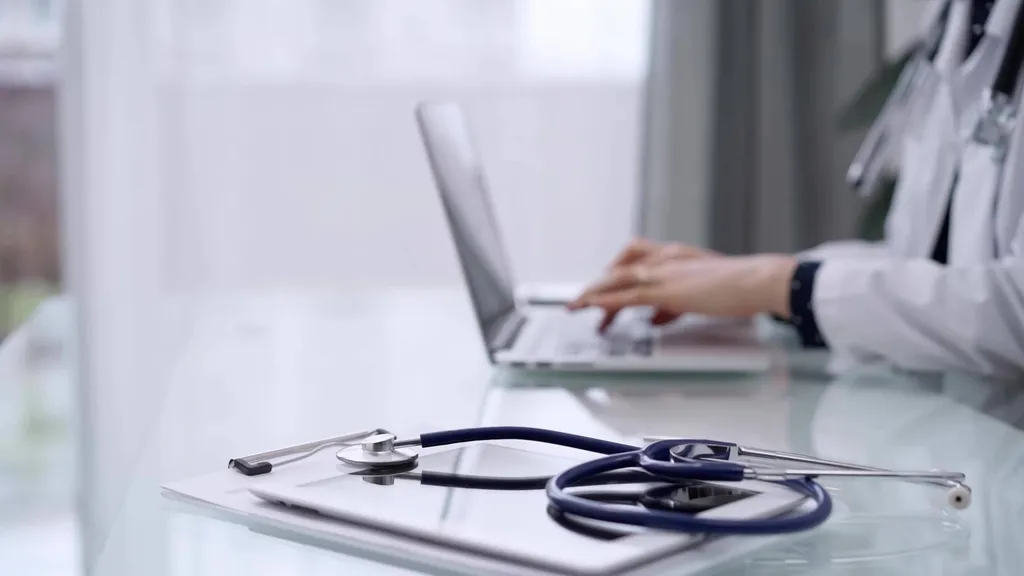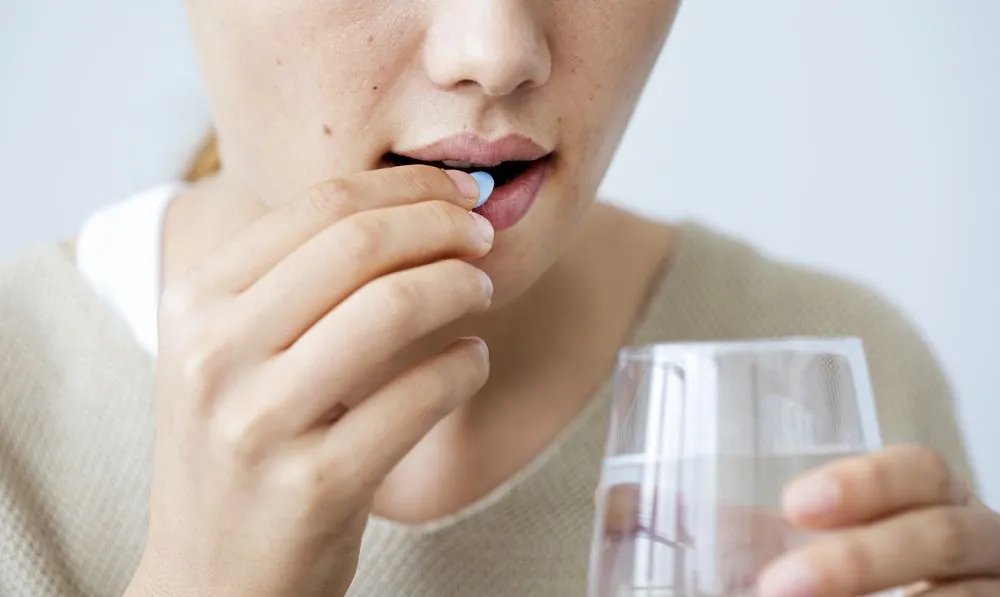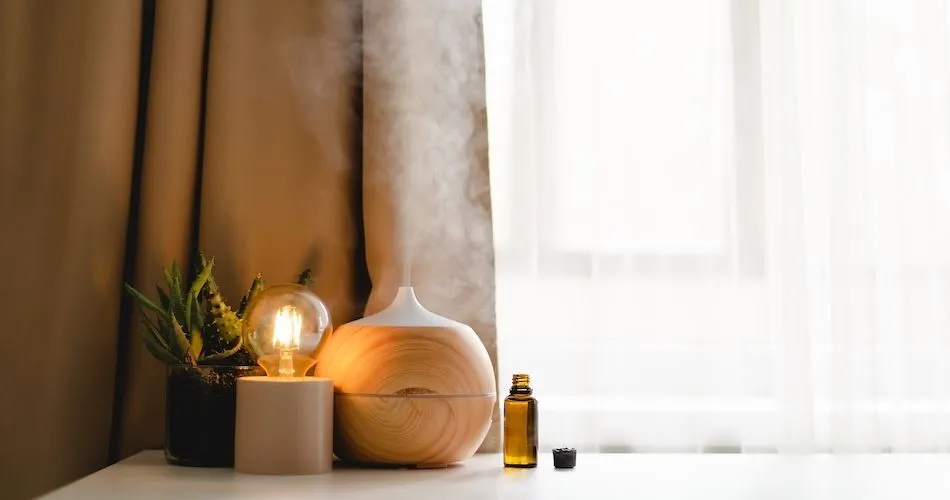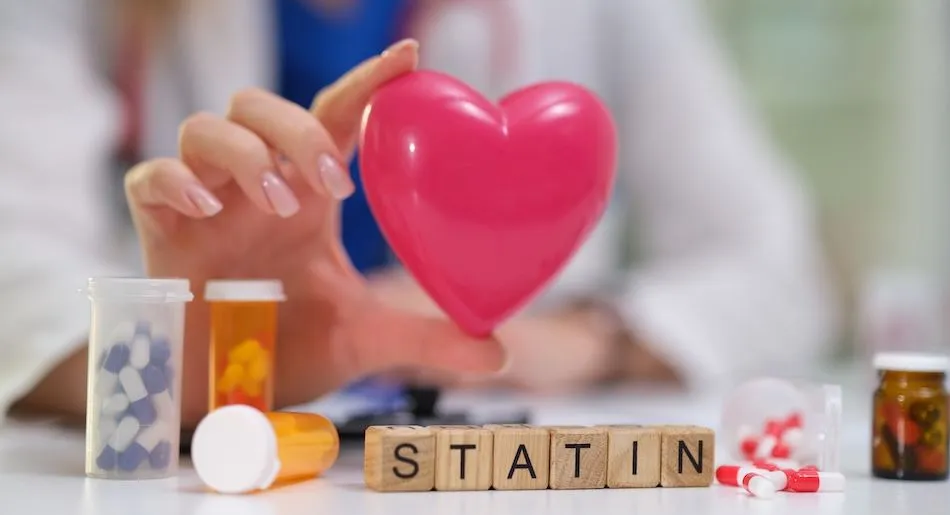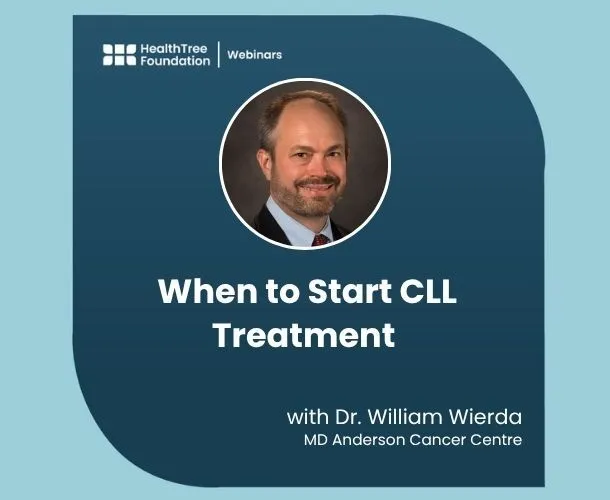New Ways To Treat Fatigue in CLL
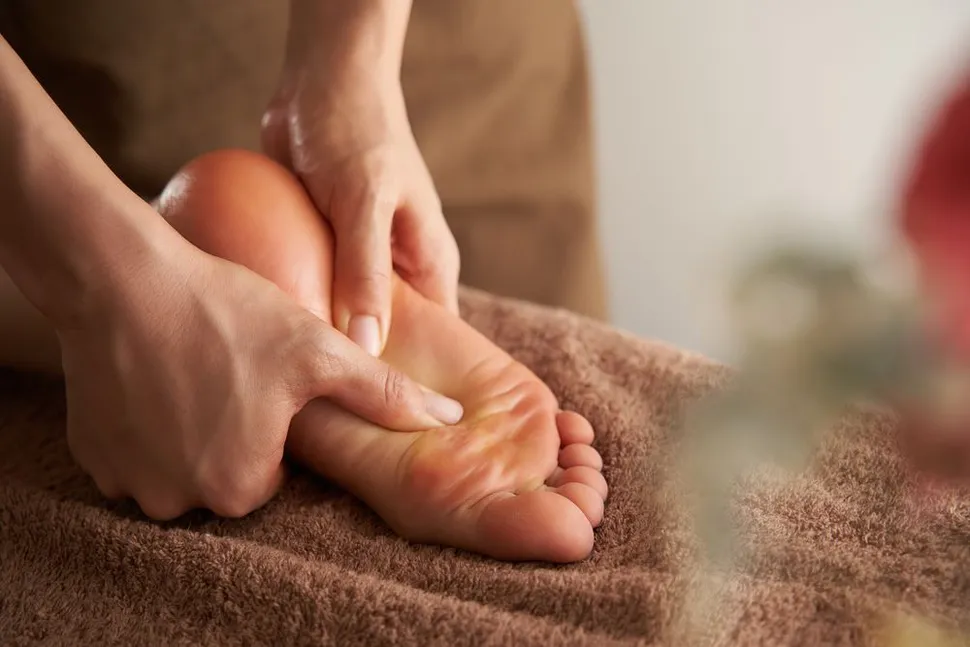
Fatigue is the most significant concern for patients living with CLL.
"It profoundly affects an individual's quality of life and their capacity to engage in everyday tasks. It has been reported by approximately 32.54% of cancer patients and 91% of CLL patients, that it significantly impacts their daily functioning and social interactions."
Fatigue Is A Primary Side Effect Of Cancer Treatment
Fatigue can continue for years during and after completing treatment. Finding natural ways to help with this side effect has found two complementary therapies to boost energy levels: acupressure and reflexology, both entail applying pressure to specific points on the body.
Individuals with CLL can use these therapies in conjunction with traditional treatments to reduce fatigue, promote relaxation, and ultimately improve their quality of life.
Studying Fatigue in a Clinical Trial
In a recent study, 102 patients were enrolled and divided into three groups: the first group received acupressure treatment, the second group received reflexology treatment, and the third group was designated as the control group. The aim of the study was to evaluate the effectiveness of acupressure and reflexology in treating fatigue and to compare them with the control group.
Understanding Evaluation Boundaries
- The acupressure group received twice daily, 10-minute sessions targeting the SP6 point (located on the inner lower leg, approximately 4 fingers above the ankle bone) for 4 weeks.
- The reflexology group received once-daily, 10-minute sessions for 4 weeks. These sessions involved rubbing the patients' feet with almond oil while applying pressure to reflex points.
Prior to the start of the evaluation, all patients had fatigue scores ranging from 63.68 to 63.93 on the Cancer Fatigue Scale (CFS). After the 4 weeks of treatment:
- The acupressure group had a mean (SD) score of 38.24.
- The reflexology group had a mean (SD) score of 39.75.
- The scores remained unchanged (63.12) in the control group.
What Is Acupressure?
A massage treatment focused on acupoints in the body. These points can control pain, digestion, headache, nausea, and anxiety. Again, this is applied pressure from the use of a practitioner's hands. This is not acupuncture (the use of needles). The patient can experience slight pain when pressure is applied. It is very safe, but you need to make sure to clear all treatment options with your doctor. Acupressure can be done once a day or even once every other day. It can also help with inflammation.
What Is Reflexology?
This is a type of massage that involves putting pressure on a patient's feet, hands, and ears. The goal is to bring relaxation and aid the body's own healing system. Targeted areas will help with pain, discomfort, and fatigue. Reflexology should help you feel less stressed, more relaxed, and more energized. It is usually performed once a week for 4-6 weeks. Again, speak with your doctor about any treatment strategies.
Conclusion
The effectiveness of conventional methods to manage fatigue is limited, which has led to the exploration of alternative therapies in cancer care. A recent study adds to the growing body of evidence that supports the integration of complementary therapies in cancer care. If you're struggling with fatigue due to CLL, acupressure and reflexology are two options that are considered safe and affordable. These therapies work by stimulating certain points in your body, which can help to reduce fatigue and improve your overall quality of life.
With the HeatlthTree Newsletter, you can learn more about CLL and stay up to date with new studies that can help you navigate your health.
SUBSCRIBE TO THE CLL NEWSLETTER
Sources:
Fatigue is the most significant concern for patients living with CLL.
"It profoundly affects an individual's quality of life and their capacity to engage in everyday tasks. It has been reported by approximately 32.54% of cancer patients and 91% of CLL patients, that it significantly impacts their daily functioning and social interactions."
Fatigue Is A Primary Side Effect Of Cancer Treatment
Fatigue can continue for years during and after completing treatment. Finding natural ways to help with this side effect has found two complementary therapies to boost energy levels: acupressure and reflexology, both entail applying pressure to specific points on the body.
Individuals with CLL can use these therapies in conjunction with traditional treatments to reduce fatigue, promote relaxation, and ultimately improve their quality of life.
Studying Fatigue in a Clinical Trial
In a recent study, 102 patients were enrolled and divided into three groups: the first group received acupressure treatment, the second group received reflexology treatment, and the third group was designated as the control group. The aim of the study was to evaluate the effectiveness of acupressure and reflexology in treating fatigue and to compare them with the control group.
Understanding Evaluation Boundaries
- The acupressure group received twice daily, 10-minute sessions targeting the SP6 point (located on the inner lower leg, approximately 4 fingers above the ankle bone) for 4 weeks.
- The reflexology group received once-daily, 10-minute sessions for 4 weeks. These sessions involved rubbing the patients' feet with almond oil while applying pressure to reflex points.
Prior to the start of the evaluation, all patients had fatigue scores ranging from 63.68 to 63.93 on the Cancer Fatigue Scale (CFS). After the 4 weeks of treatment:
- The acupressure group had a mean (SD) score of 38.24.
- The reflexology group had a mean (SD) score of 39.75.
- The scores remained unchanged (63.12) in the control group.
What Is Acupressure?
A massage treatment focused on acupoints in the body. These points can control pain, digestion, headache, nausea, and anxiety. Again, this is applied pressure from the use of a practitioner's hands. This is not acupuncture (the use of needles). The patient can experience slight pain when pressure is applied. It is very safe, but you need to make sure to clear all treatment options with your doctor. Acupressure can be done once a day or even once every other day. It can also help with inflammation.
What Is Reflexology?
This is a type of massage that involves putting pressure on a patient's feet, hands, and ears. The goal is to bring relaxation and aid the body's own healing system. Targeted areas will help with pain, discomfort, and fatigue. Reflexology should help you feel less stressed, more relaxed, and more energized. It is usually performed once a week for 4-6 weeks. Again, speak with your doctor about any treatment strategies.
Conclusion
The effectiveness of conventional methods to manage fatigue is limited, which has led to the exploration of alternative therapies in cancer care. A recent study adds to the growing body of evidence that supports the integration of complementary therapies in cancer care. If you're struggling with fatigue due to CLL, acupressure and reflexology are two options that are considered safe and affordable. These therapies work by stimulating certain points in your body, which can help to reduce fatigue and improve your overall quality of life.
With the HeatlthTree Newsletter, you can learn more about CLL and stay up to date with new studies that can help you navigate your health.
SUBSCRIBE TO THE CLL NEWSLETTER
Sources:

about the author
Lisa Foster
Lisa Foster is a mom of 3 daughters and 1 perfect grandchild, a puzzle lover, writer and HealthTree advocate. She believes in the mission of the foundation and the team that builds it forward. She calls Houston, Texas home.
More on Navigating Your Health

Get the Latest Chronic Lymphocytic Leukemia Updates, Delivered to You.
By subscribing to the HealthTree newsletter, you'll receive the latest research, treatment updates, and expert insights to help you navigate your health.



